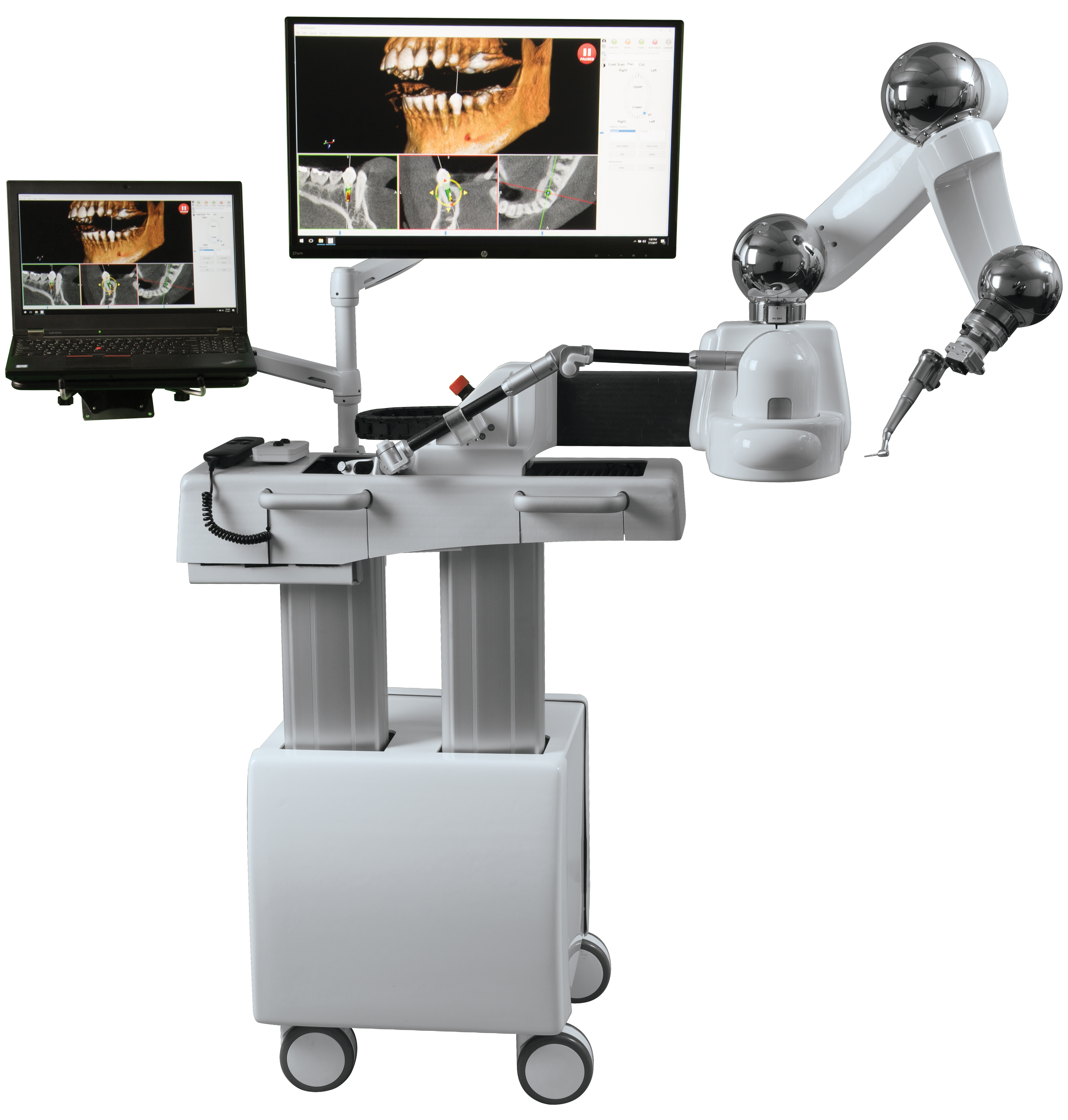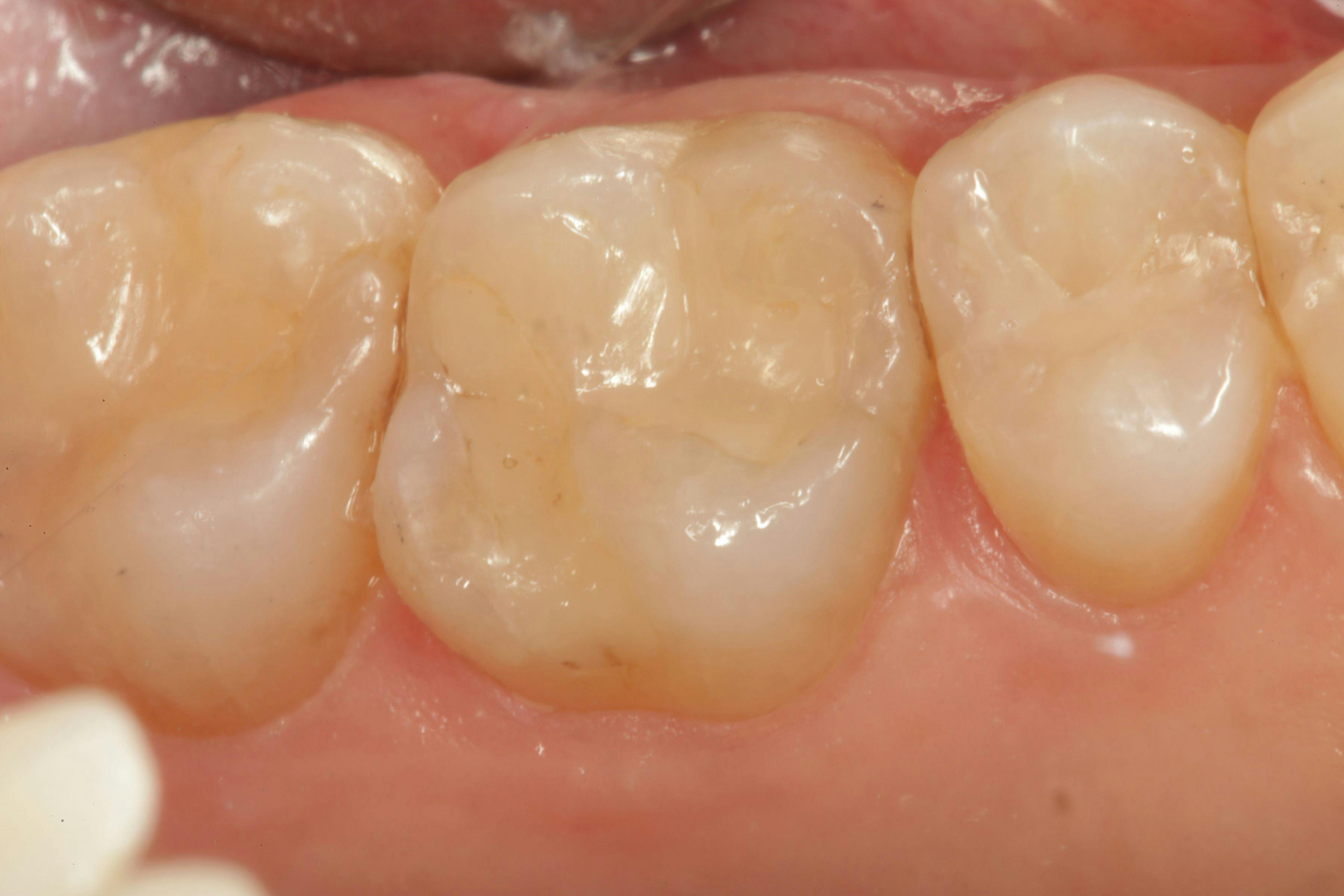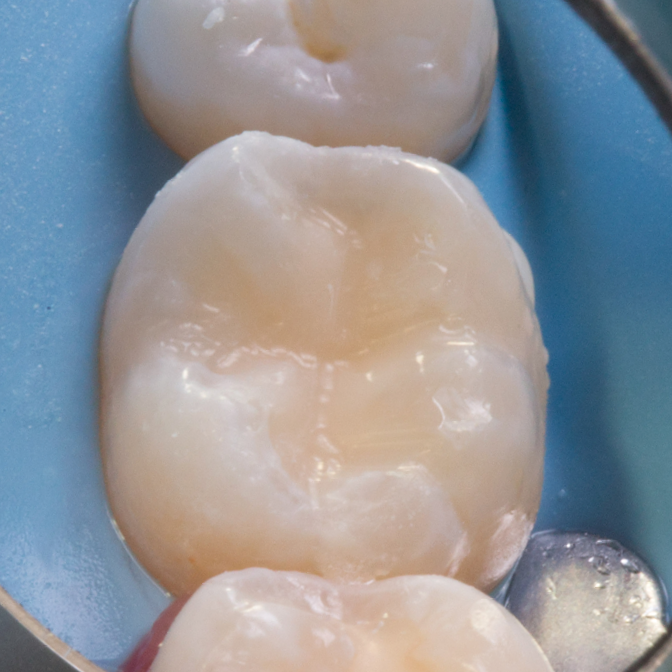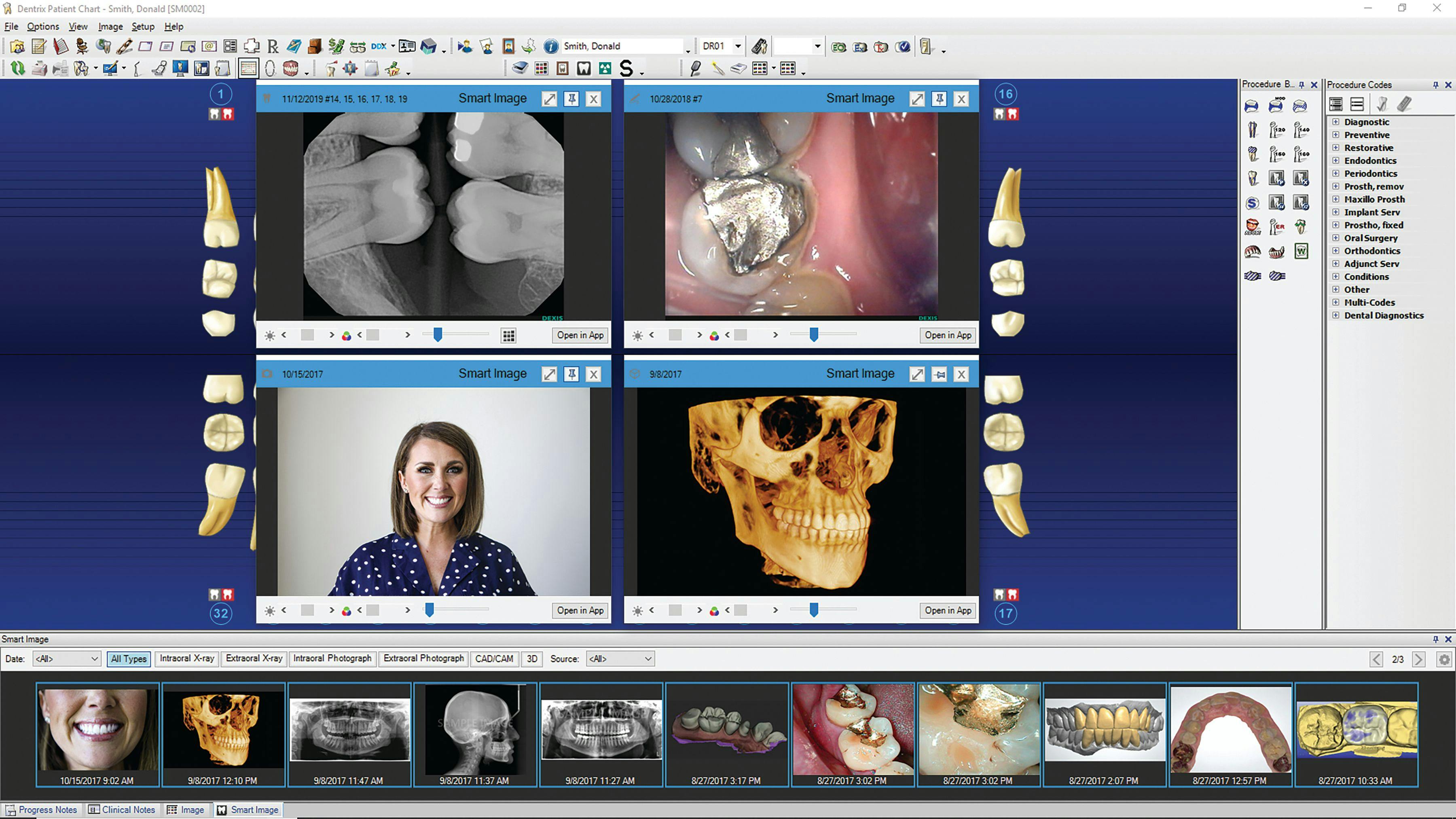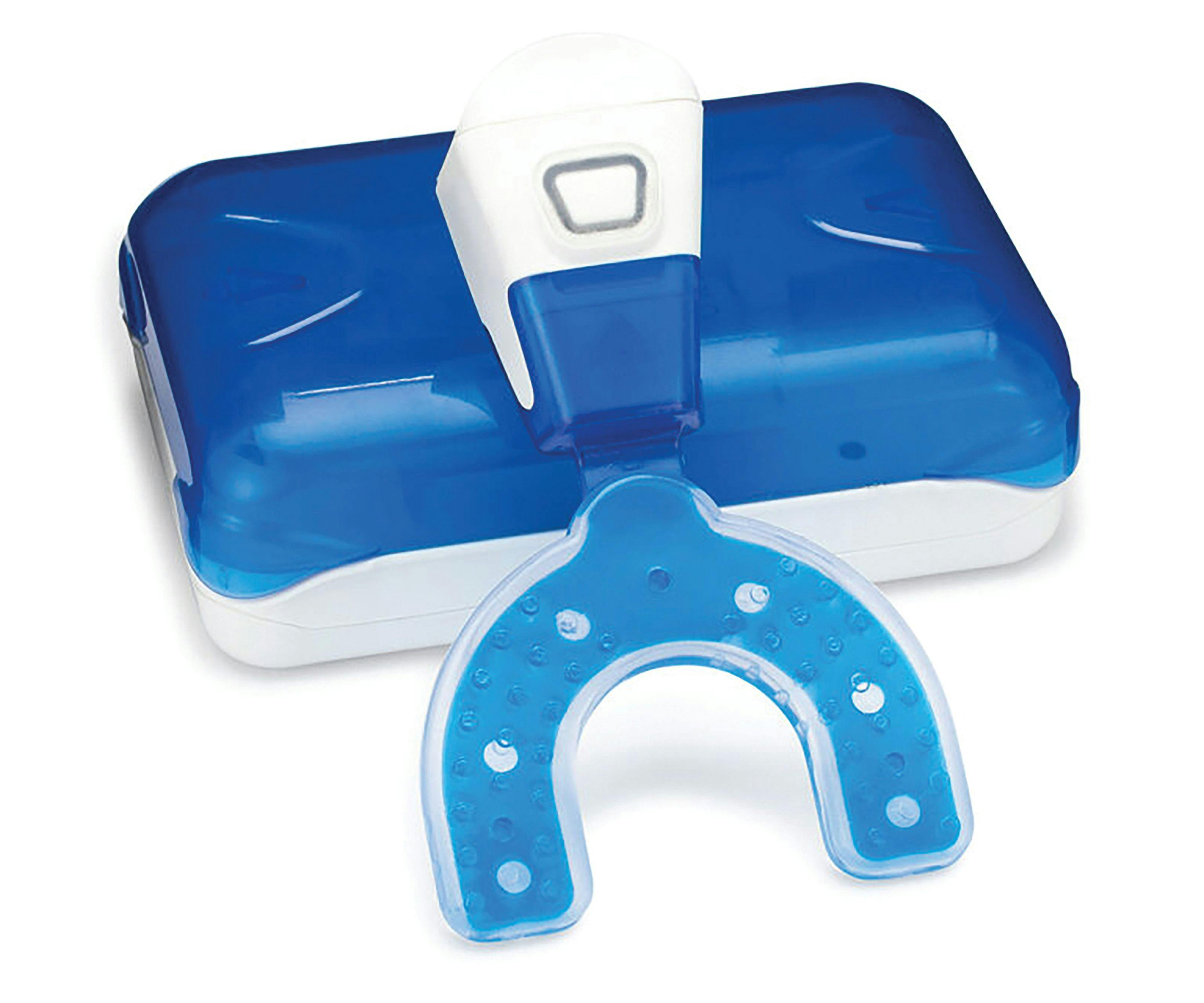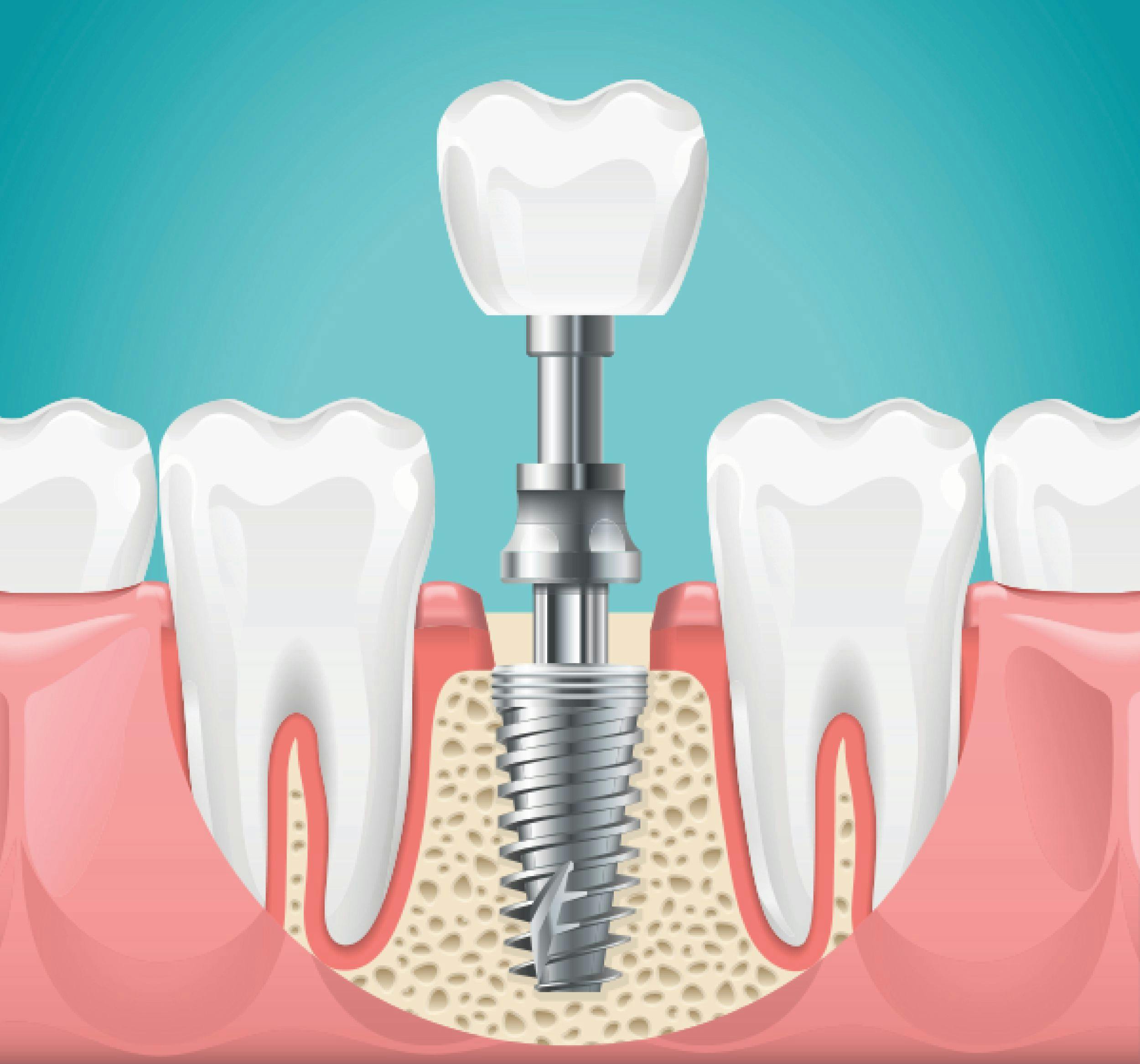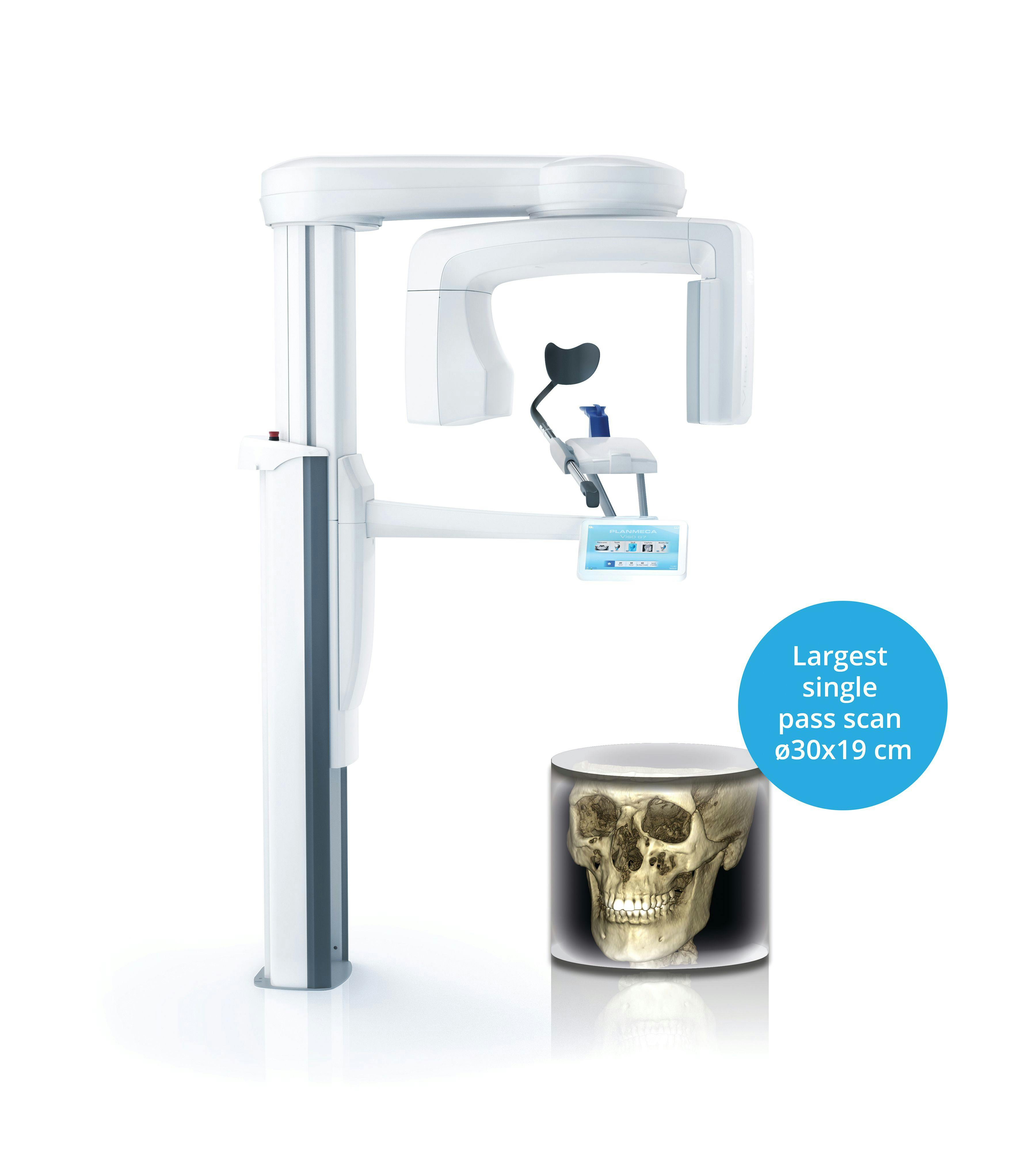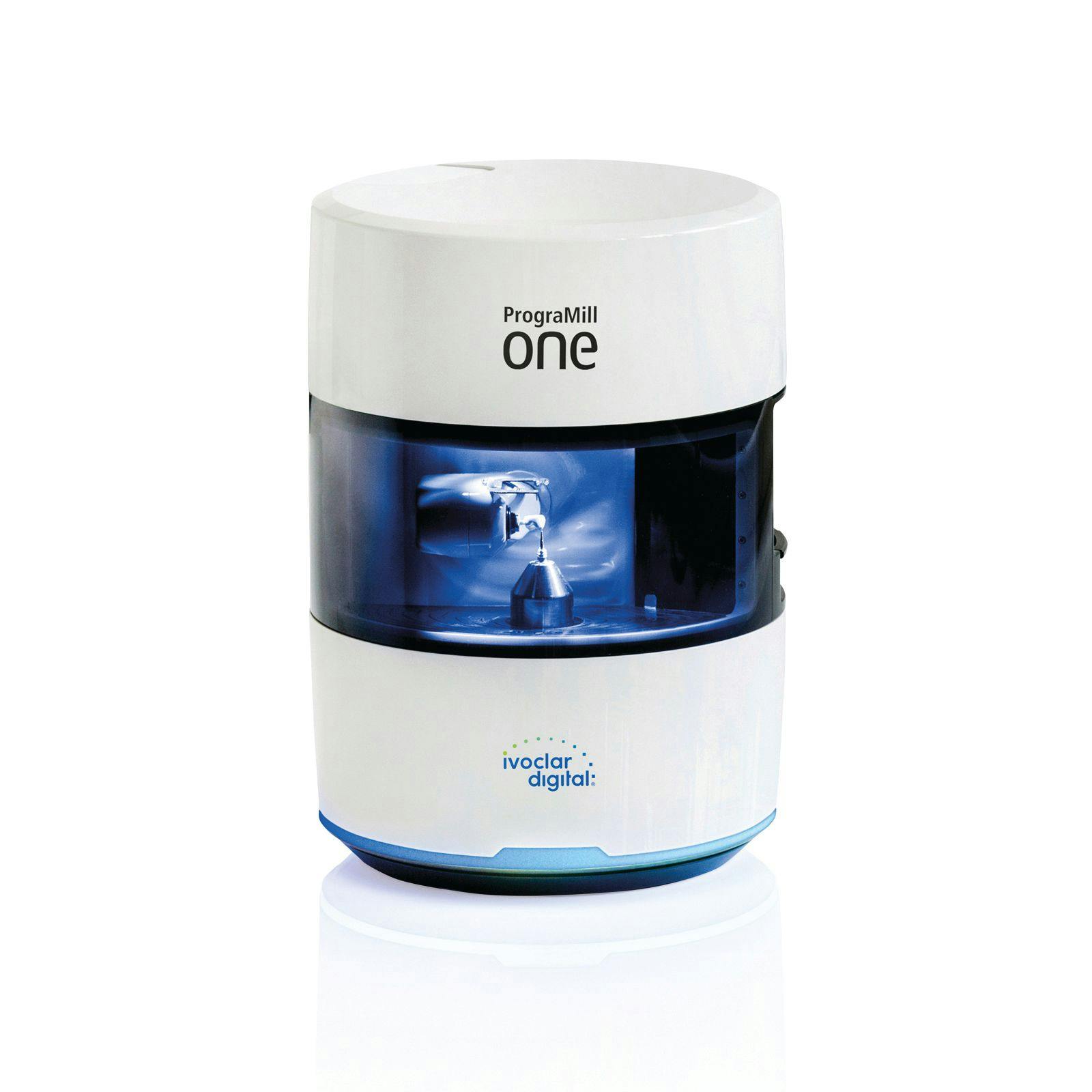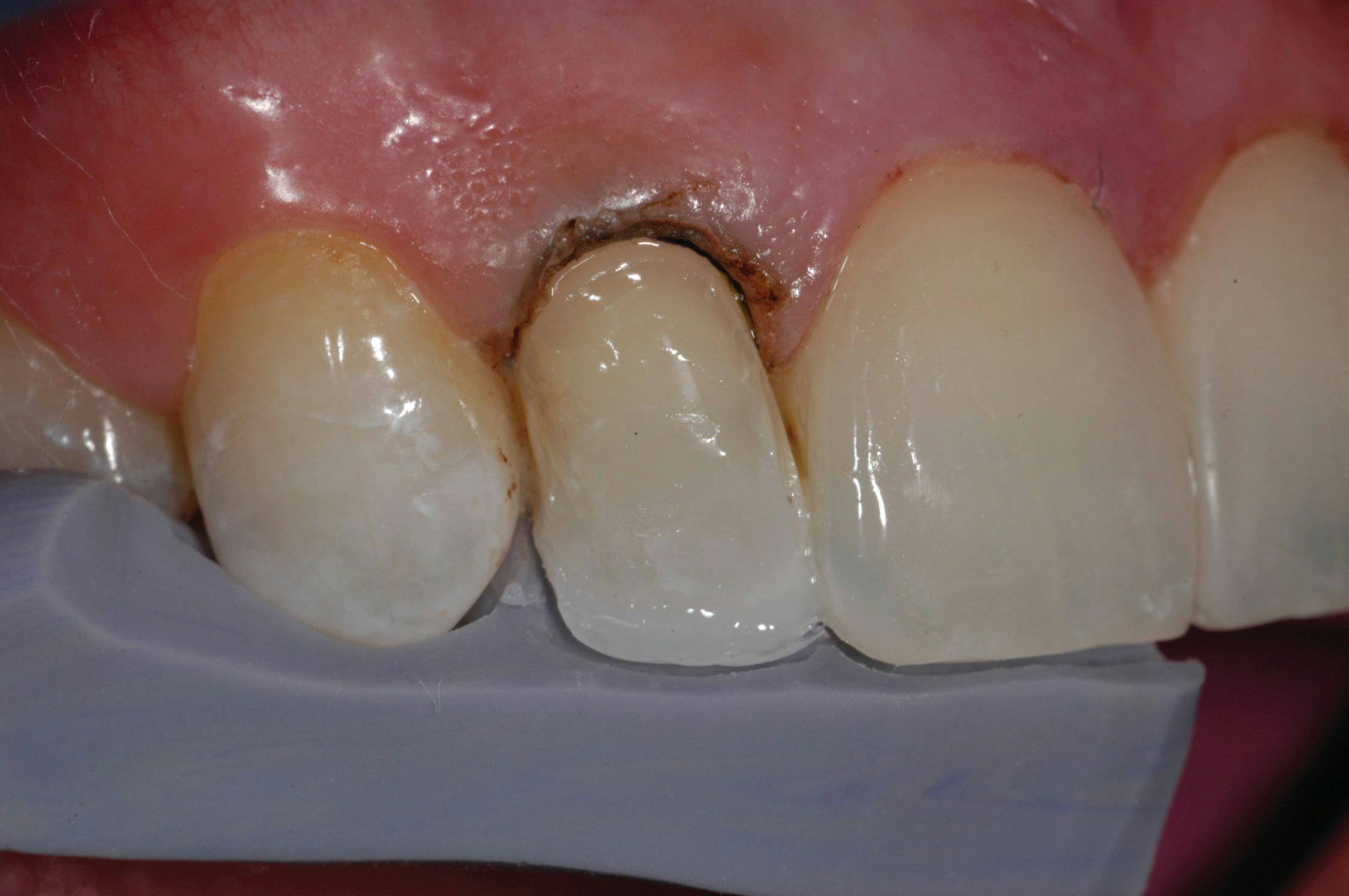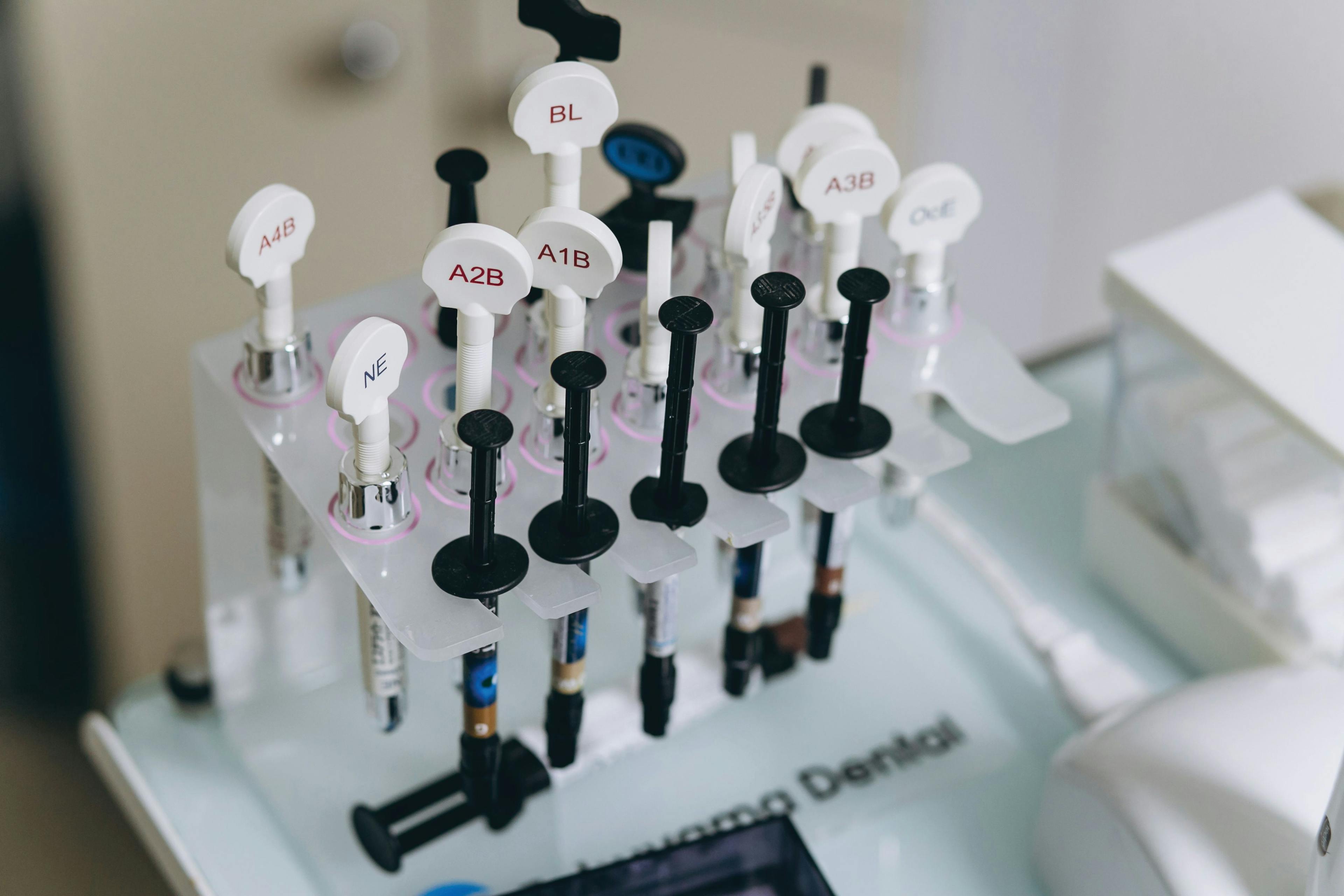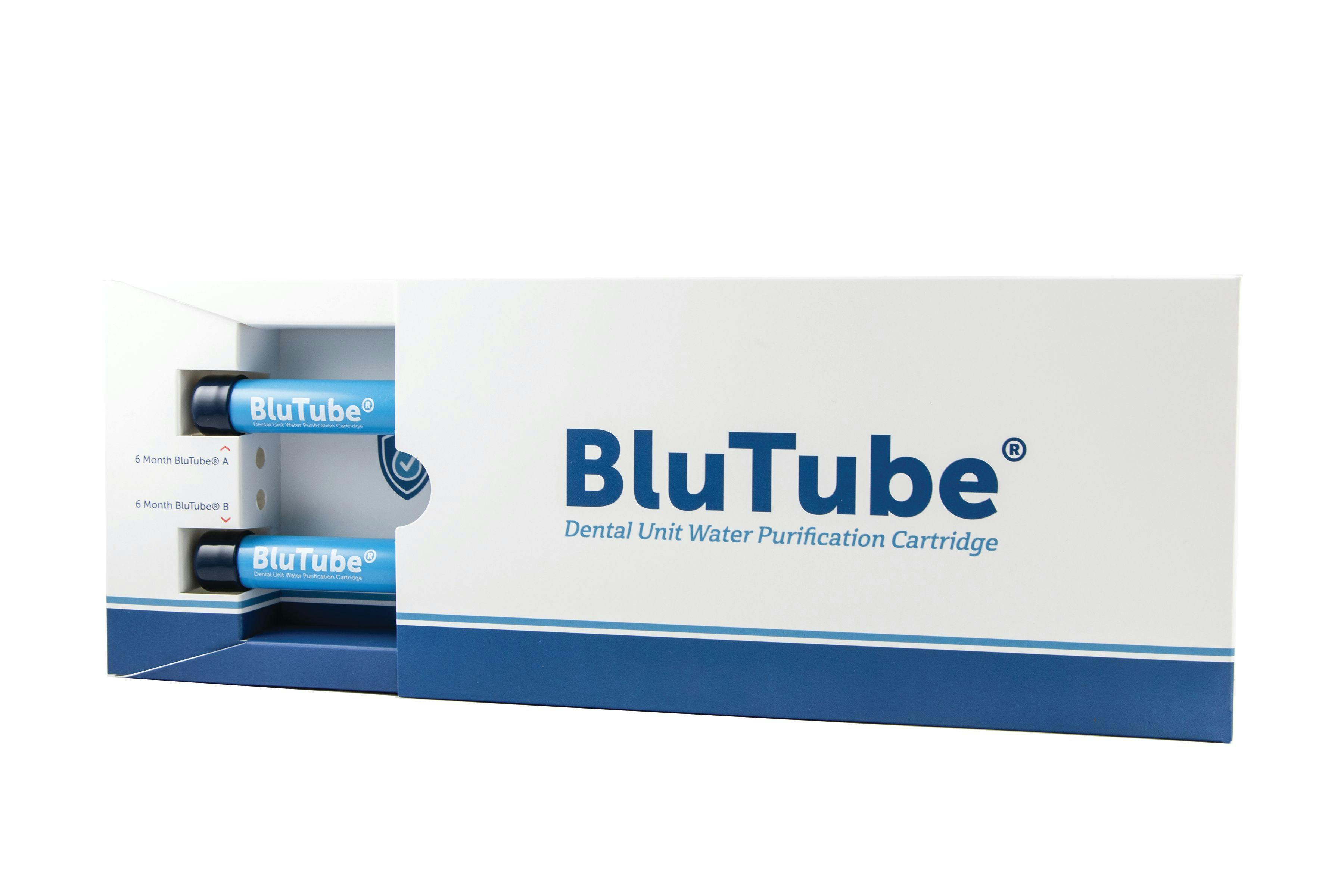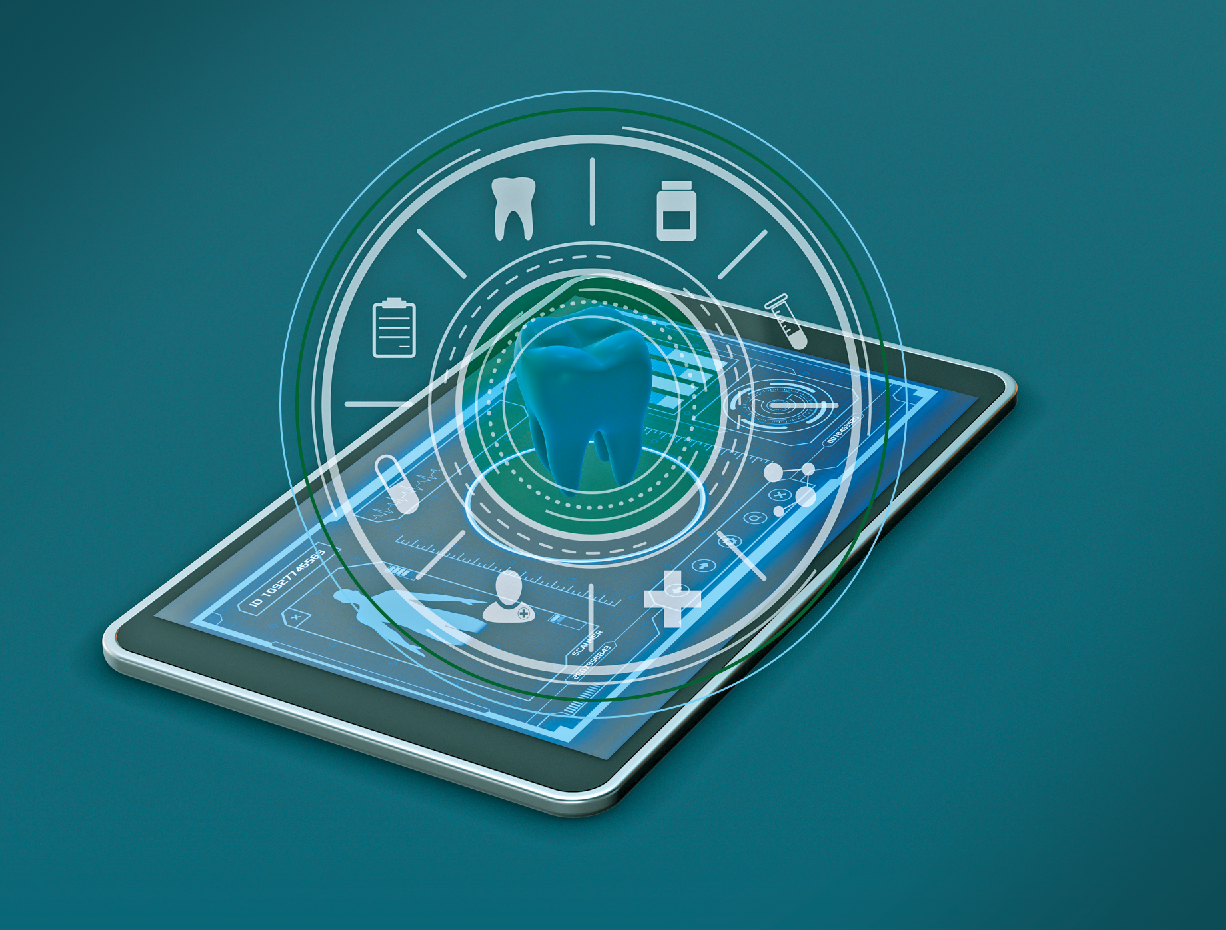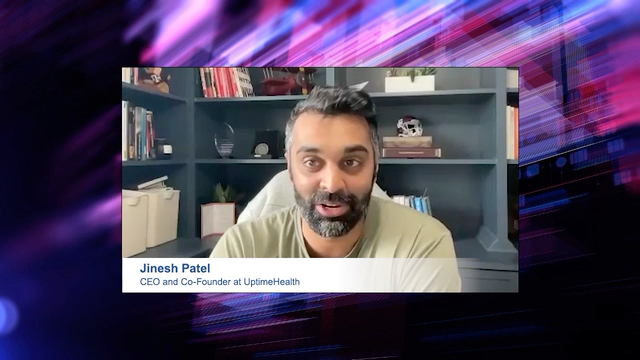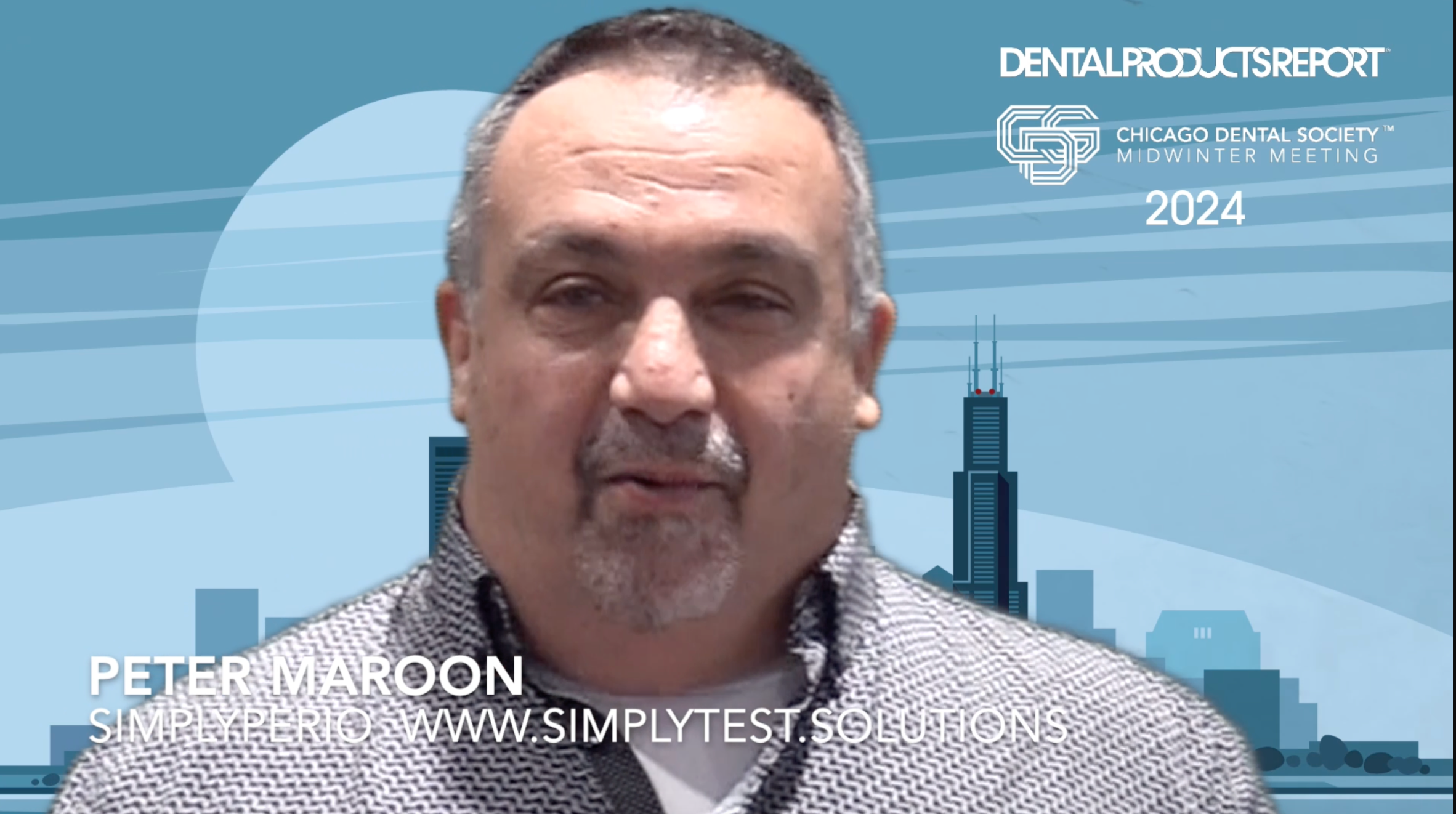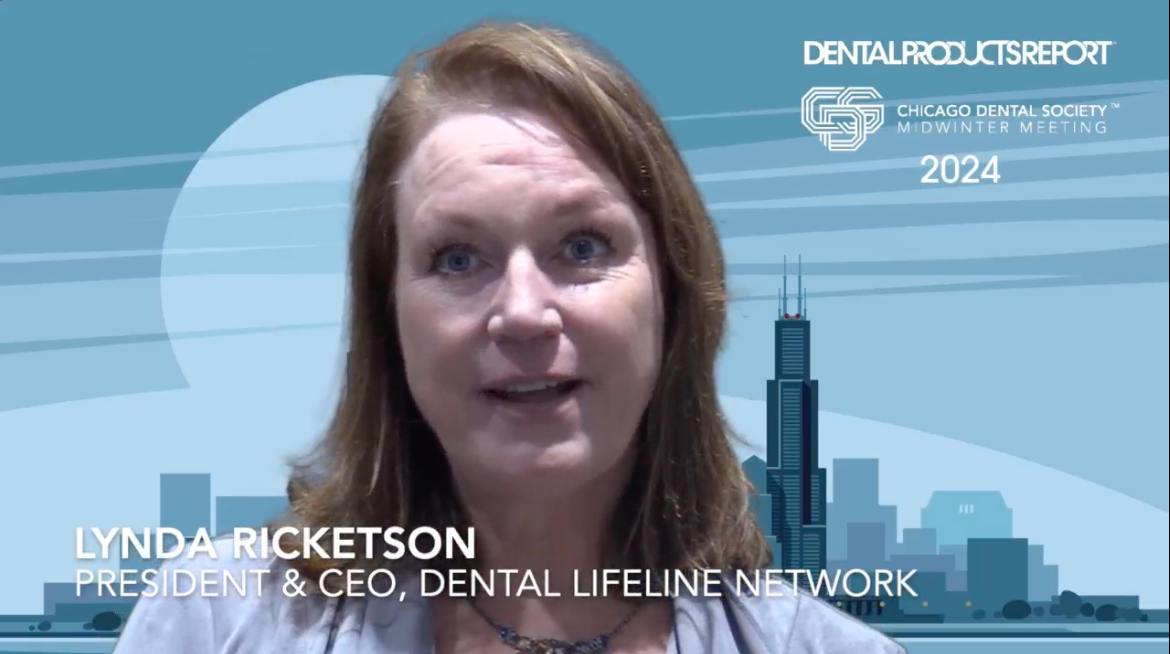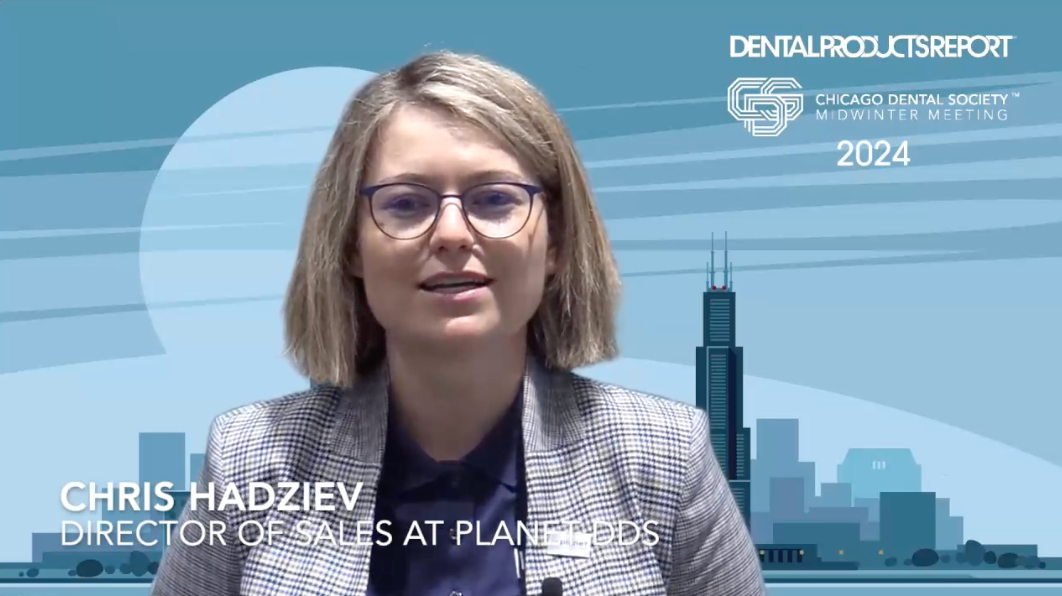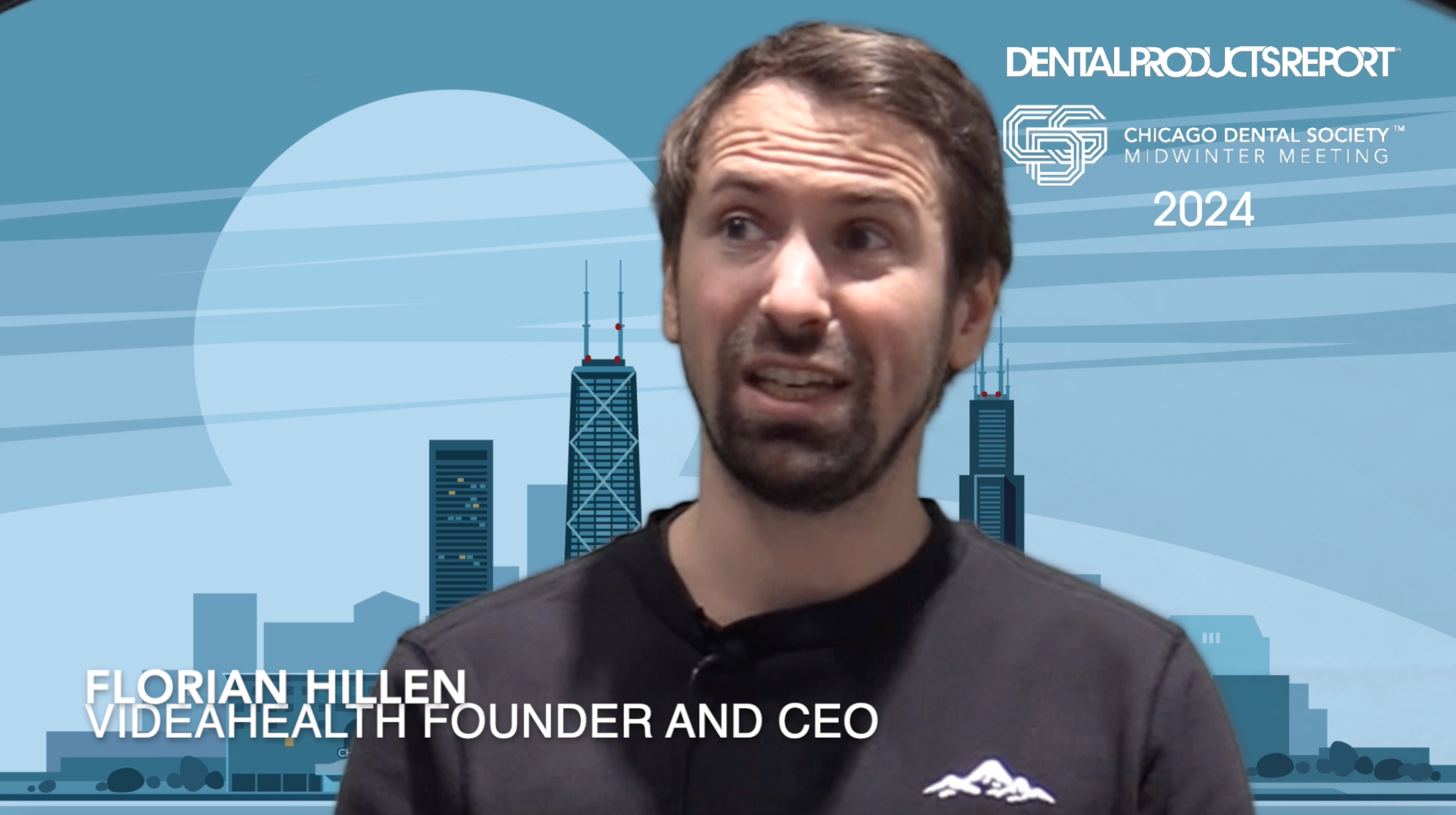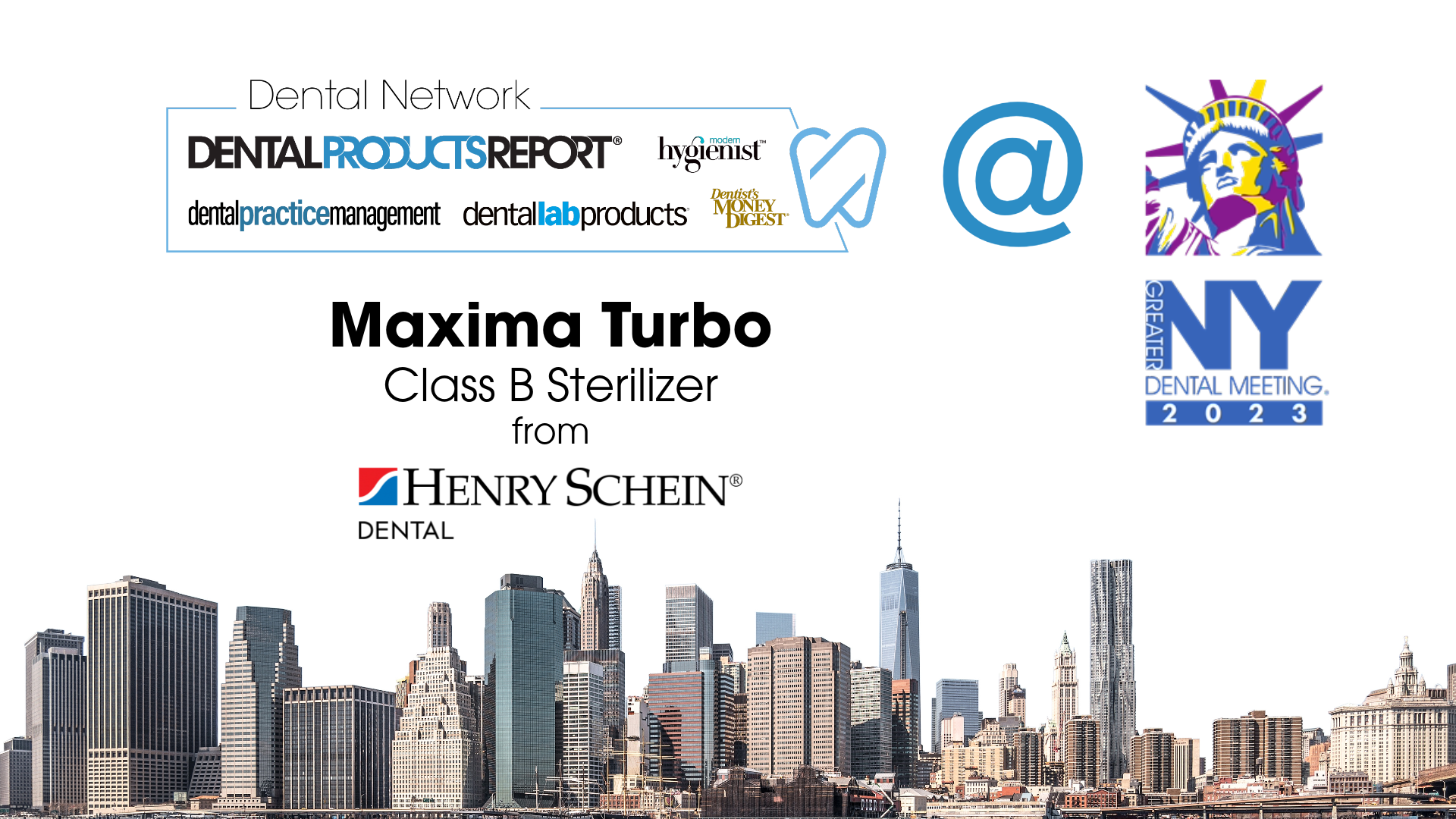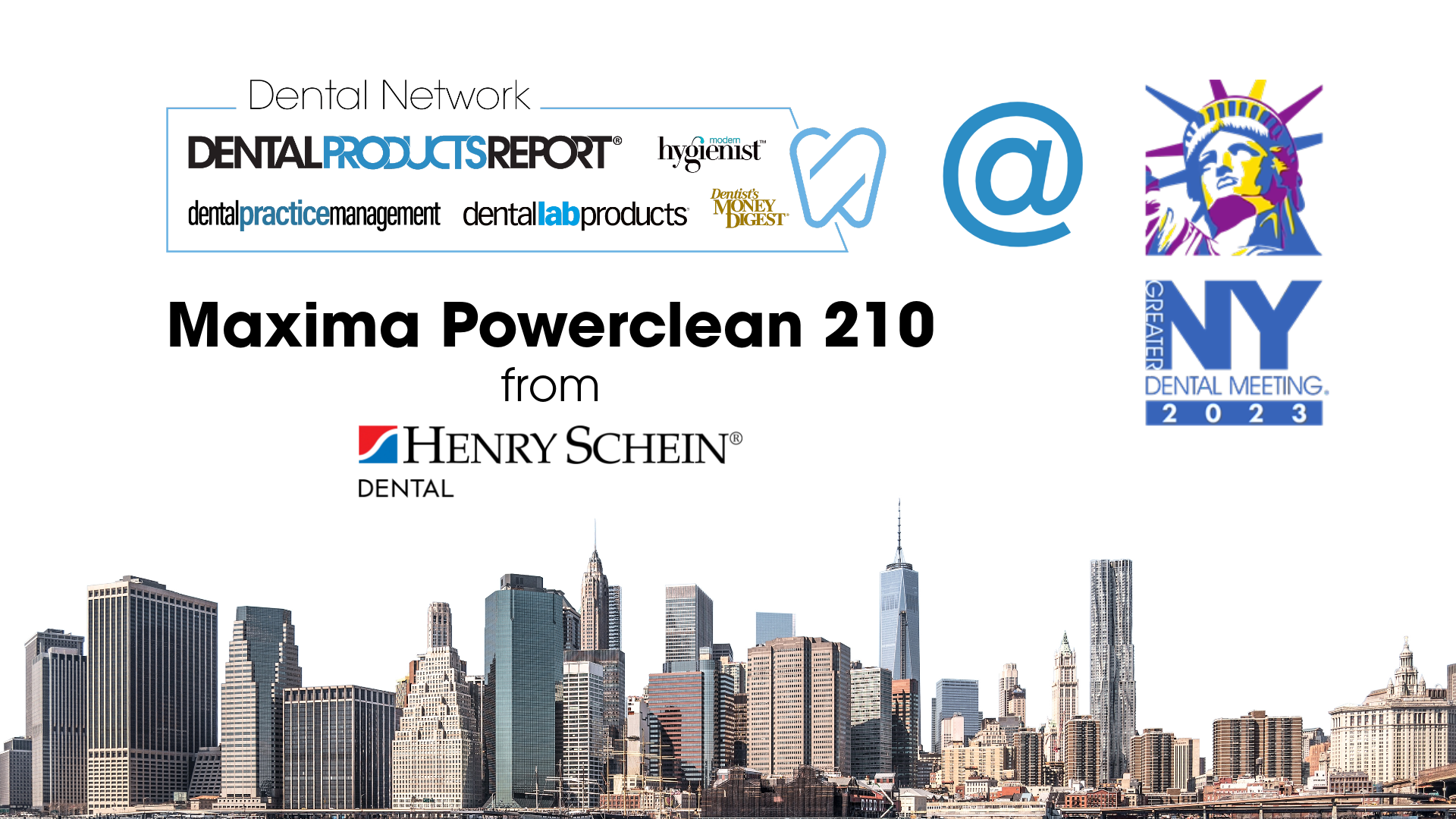Dentrix focuses on next-generation technology
Mike Uretz and Mike Fillmore, Dentrix marketing manager, discuss some of the innovative functionality that Dentrix is incorporating to meet the needs of growing practices.

Uretz: Dentrix traditionally focused on small groups, but has developed features and functionality for group and dental service organization (DSO) software. In terms of developing new features , you’ve developed some of your next-generation features based on problems that your current customers face. How do you integrate customer feedback into your development?
Fillmore: We have something called Customer Voice. Customers can vote on what they would like to see go into the product next. We review what they ask us about, and we also watch the industry to see what’s popping up. We try to make sure that we use customer input and industry problems to guide what we decide to do with the product.
Uretz: As we get into more sophisticated software, we see all kinds of applications having to come together— patient education, imaging, social media, financial applications, analytics. There’s a concern that there are too many applications and, ultimately, too many vendors. Henry Schein One is bringing the idea of multiple vendors together in an integrated platform. Can you talk a little bit about how that’s done?
Fillmore: We are continually building a strong practice management platform that can integrate a growing number of critical applications a practice needs to be successful. One thing I think is really important, is not only having something that can integrate, [but something that] can integrate well with several different solutions to support a lot of different pieces of your practice. We really try to be open about what partners we allow to tie into our system and work with those partners for a tight integration.
Uretz: One of the things that you and I have talked about is customizing the patient experience. Can you explain what that means to customize the patient experience in the practice?
Fillmore: When you talk about patient preferences and patient engagement, you’re not just talking about how to engage them when they’re in the office or when they’re in the chair. And that’s really important when we talk about some of those outside forces that a practice feels like they don’t have any control over. Patient consumerism and patient preferences is one of those.
We believe you have to think ahead and understand how your patients prefer to be communicated with, how they prefer to sit in their chair, what kind of things they prefer to get from a loyalty perspective. A patient brings a whole set of preferences with them for every piece of the patient journey. We take into account what a patient’s experience is going to be and their preferences so you can provide a top of the line experience for that customer even before they get to your office.
Uretz: Can you talk a little bit about what Dentrix is doing to help the practice with image integration?
Fillmore: It’s really what I call the democratization of imaging, but more than that—we’re bringing together clinical and financial workflows—it’s called Dentrix Smart Image. We’re taking all imaging types and formats that come to us from imaging software and bringing them together into one place to help with diagnoses. You have them in the patient notes so you can see where they are at all at once. Smart Image also addresses automated and integrated image workflows from point of capture all the way through claims and billing.
Uretz: These days, with so much required of a practice, comes the challenge of streamlining and making operations more efficient. Can you talk a little bit more about the concept of automating workflows and doing task management within Dentrix?
Fillmore: If all you’ve done is to take your physical processes and put them into digital form, then having a bunch of disparate digital tasks to perform that aren’t connected in any way isn’t any better than having the physical ones in the first place. It’s probably more complicated and you make more work for yourself. So, the important part is to have automated, integrated, streamlined interconnected workflows, which means that if it’s mundane and repeatable, your software should be doing it to take away some of that time and give it back to you so that you can actually do more interesting and productive and creative things with it.
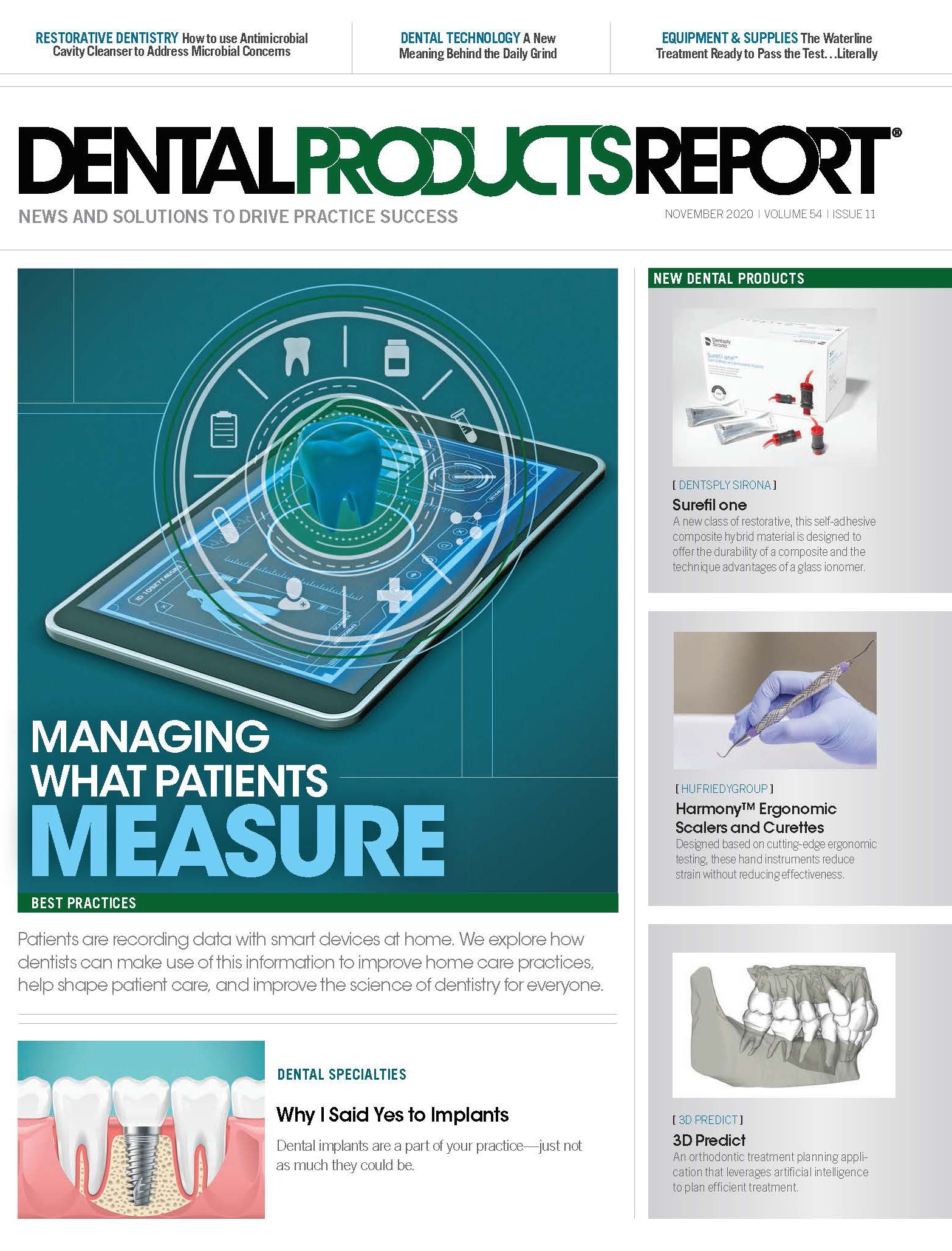
How Dentists Can Help Patients Navigate Unforeseen Dental Care
December 12th 2024Practices must equip patients with treatment information and discuss potential financing options before unexpected dental treatments become too big of an obstacle and to help them avoid the risk of more costly and invasive procedures in the future.
Product Bites – January 19, 2024
January 19th 2024Product Bites makes sure you don't miss the next innovation for your practice. This week's Product Bites podcast features new launches from Adravision, Formlabs, Owandy Radiology, Henry Schein Orthodontics, Dental Creations, and Dental Blue Box. [5 Minutes]







